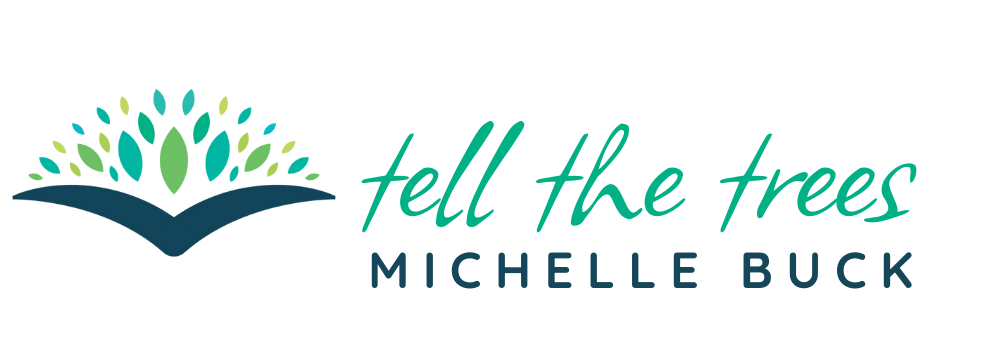by Michelle
Share
by Michelle
Share

If you’ve spent any time researching social media strategies, you’ve probably encountered content creation advice that sounds exhausting:
Post daily!
Create content pillars!
Batch 30 posts at once!
Use trending sounds!
Hop on every viral challenge!
No wonder so many authors feel overwhelmed before they even begin.
Rest assured! You don’t need to create content constantly to build an effective author platform. What you need is an approach that honors your energy while still connecting with readers.
Quality Over Quantity
As non-fiction authors, we have a significant advantage on social media: depth. While many creators are scrambling to produce shallow content daily, we can stand out by sharing thoughtful insights drawn from our expertise and books. It seems like the more content that gets pushed out, the less helpful it is when a creator is focused on virality and exposure only.
A single, well-crafted post that truly resonates with your audience is worth more than a month of forgettable content. This approach not only feels better to create—it actually performs better over time.
Some of my most successful posts were written in moments of genuine inspiration, not because it was “Tuesday at 2pm” and my content calendar said it was time to post. Read this post which I wrote after being influenced by a YouTube video. Not all your content has to be scheduled and on point.

Content Creation that Serves
Instead of creating surface-level tips that merely address symptoms, develop content that helps your audience understand the underlying issues they’re facing.
For example, if you write about productivity, don’t just share another “5 morning habits” post. Dig deeper into how our relationship with time affects our ability to focus, or how understanding your unique energy patterns leads to sustainable productivity.
This content creation approach differentiates you from the sea of generic advice while actually delivering meaningful value to your readers. It also naturally showcases the depth of thinking in your books.
Your Content Personality
Each of us has a natural content style that feels effortless to create and authentic to consume. When you find yours, content creation stops feeling like pulling teeth and starts flowing more naturally.
Here are some content personality types I’ve observed among successful non-fiction authors:
The Storyteller: You naturally communicate through personal narratives and examples. Your content often begins with “This reminds me of…” or “I once experienced…”
The Teacher: You love breaking down complex concepts into understandable pieces. Your content often includes step-by-step explanations and frameworks.
The Observer: You notice patterns and connections others miss. Your content often points out ironies, contradictions, or surprising relationships between ideas.
The Question-Asker: You’re naturally curious and love to probe beneath the surface. Your content often poses thought-provoking questions that invite reflection.
The Researcher: You enjoy diving deep into data and studies. Your content often begins with “I just learned that…” or “Studies show…”
The Challenger: You’re comfortable pushing back against conventional wisdom. Your content often begins with “Contrary to popular belief…” or “Here’s why the standard advice is wrong…”
Which of these feels most like you? When you create content that aligns with your natural style, it requires less energy to produce and feels more distinctively “you” to your audience.
Creating Cornerstone Content: Work Once, Benefit Forever
One of my favorite passive visibility strategies is creating cornerstone content—substantial pieces that continue working for you long after you’ve created them.
These might include:
Definitive guides: Comprehensive resources (like this one!) that address a major topic in your field
Signature frameworks: Your unique approach to solving a common problem, broken down into clear steps
Thought leadership pieces: Bold perspectives that challenge conventional thinking in your area
Resource collections: Curated lists of tools, books, or other resources that serve your audience
Cornerstone content takes more time upfront but delivers value for years. It also positions you as an authority and gives people a reason to share your work.
The beautiful thing about cornerstone content is that it can be repurposed into smaller pieces for social media. One substantial blog post might generate a dozen social media posts, each highlighting a different aspect of your thinking.
Repurposing: Content Creation Once
Speaking of repurposing, this is perhaps the most sanity-saving content strategy for busy authors. Instead of creating new content for every platform, create one solid piece and adapt it for different contexts.
Your book already contains dozens or hundreds of potential social media posts. Mine it for:
- Powerful quotes
- Key frameworks or models
- Surprising statistics or findings
- Client/reader success stories
- Frequently asked questions
- Common misconceptions
- Personal stories that illustrate key points
Each of these can become a standalone post, and collectively they lead readers toward your book while providing value in their own right.

Engagement: Connection Over Metrics
Many authors get discouraged when their posts don’t immediately receive dozens of likes or comments. But meaningful engagement isn’t always visible in metrics.
I’ve seen this a lot on Substack. Why am I stuck at 100 Subscribers? Why can’t I grow? They compare their platform to some other brand and think they aren’t doing as well. But that’s not always the case.
I’d rather have three thoughtful comments from potential readers who truly connect with my message than 100 generic “Great post!” responses. Quality engagement leads to book sales and lasting relationships; empty metrics just feed the ego.
Foster genuine connection by:
- Asking thoughtful questions
- Responding personally to comments
- Acknowledging and appreciating engagement
- Following up with people who regularly interact with your content
- Creating space for differing perspectives within your community
Every person engaging with your content is a real human with their own challenges, aspirations, and needs. When you focus on serving these real people rather than abstract “followers,” both your content and your platform become more meaningful.
In the next section, we’ll explore how to leverage your limited time strategically, so you can maintain your author platform without it taking over your life.
[Link to Section 4: Creating Systems, Not Stress]Tell the Trees is supported by its readers. When you make a purchase using links on this site, it may result in affiliate commission. Please visit my affiliate disclosure page for more information.
Let's Discuss It
When choosing social media platforms to use, you don't have to be on all of them. In this article, we'll explore each platform and if it suits your brand.
This Social Media Book Marketing guide is for thoughtful, empathetic non-fiction authors – especially those of you who are coaches, healers, and creatives.






